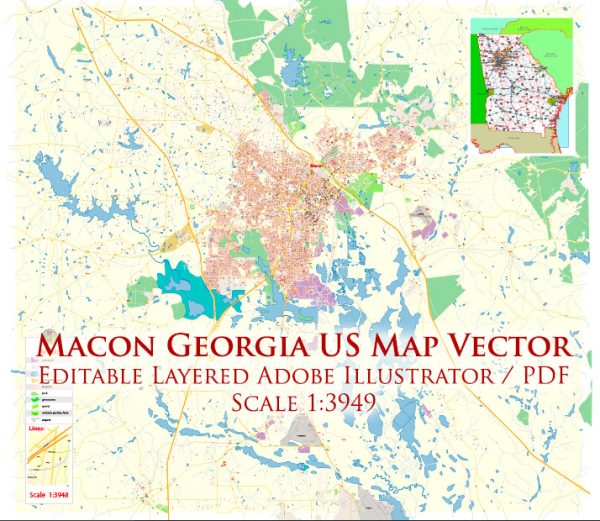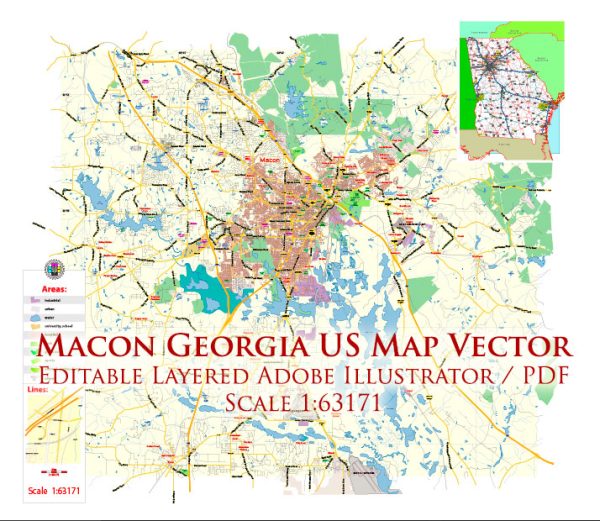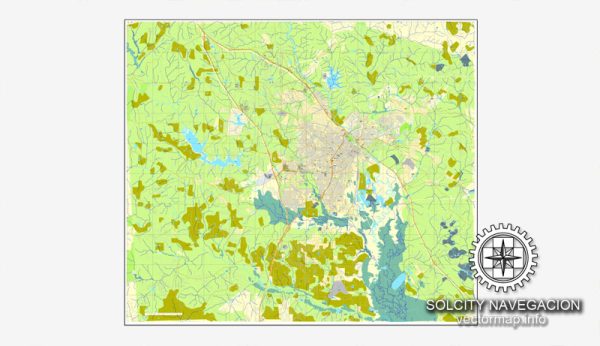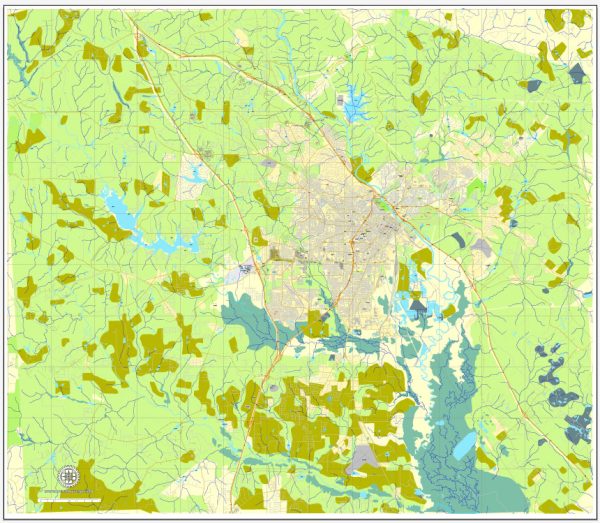Macon, Georgia, located in the southeastern United States, features a diverse range of architectural styles and historical periods that reflect the city’s rich history and cultural heritage. Here’s a description of some of the prominent architectural elements and styles found in Macon:
- Antebellum Architecture: Macon boasts numerous antebellum homes and mansions, many of which were built before the American Civil War. These grand structures often feature classical Greek and Roman architectural influences, with stately columns, elaborate cornices, and symmetrical facades. The Cannonball House and the Hay House are notable examples of this style.
- Victorian Architecture: The Victorian era brought an eclectic mix of architectural styles, and Macon is no exception. You can find Queen Anne, Italianate, and Second Empire-style homes throughout the city. These houses often have ornate details, intricate ironwork, and vibrant color schemes.
- Greek Revival: Greek Revival architecture is prominent in Macon and is characterized by the use of columns, pediments, and other elements inspired by ancient Greek temples. The Johnston-Felton-Hay House, also known as the “Palace of the South,” is a prime example of Greek Revival architecture in Macon.
- Gothic Revival: Some churches and public buildings in Macon exhibit Gothic Revival architecture, which is recognized for its pointed arches, spires, and intricate tracery. St. Joseph Catholic Church, for instance, showcases this style.
- Colonial Revival: This style, which saw a resurgence in the early 20th century, is represented in Macon by homes featuring symmetrical facades, gable roofs, and elements inspired by colonial American architecture.
- Mid-Century Modern: In the post-World War II era, Macon saw the emergence of mid-century modern architecture. Characterized by clean lines, large windows, and open floor plans, this style is found in residential and commercial buildings in the city.
- Art Deco and Streamline Moderne: Macon features a few Art Deco and Streamline Moderne structures from the early to mid-20th century, marked by geometric patterns, sleek curves, and bold detailing. The Macon Terminal Station is an example of this architectural style.
- Historic Districts: Macon has several well-preserved historic districts, including the Huguenin Heights Historic District and the Vineville Historic District. These areas showcase a mix of architectural styles and provide a glimpse into Macon’s past.
- African American Heritage: Macon has a rich African American heritage, and this is reflected in the architecture of churches and homes in areas such as Pleasant Hill and Tindall Heights. These structures often have unique design elements and cultural significance.
- College Campuses: Mercer University and Wesleyan College are two educational institutions in Macon with picturesque campuses featuring a blend of architectural styles, including Georgian and Gothic Revival.
Macon’s architectural diversity is a testament to its historical significance and the influence of various architectural trends over the years. It offers a fascinating journey through the city’s past and its architectural evolution.





 Author: Kirill Shrayber, Ph.D.
Author: Kirill Shrayber, Ph.D.